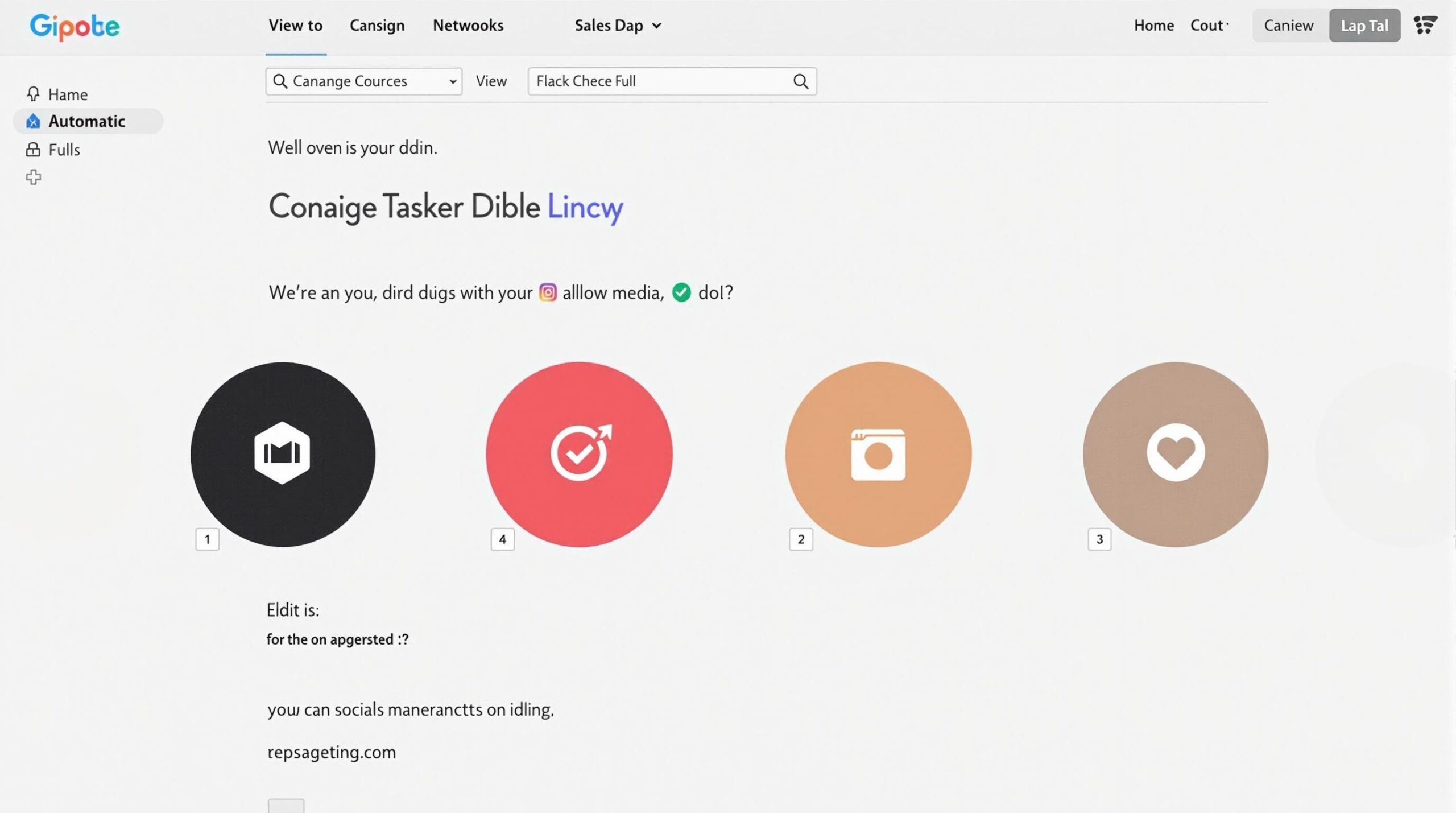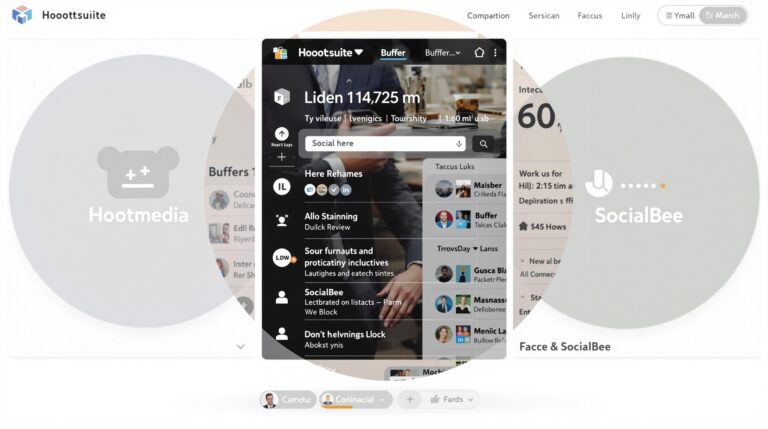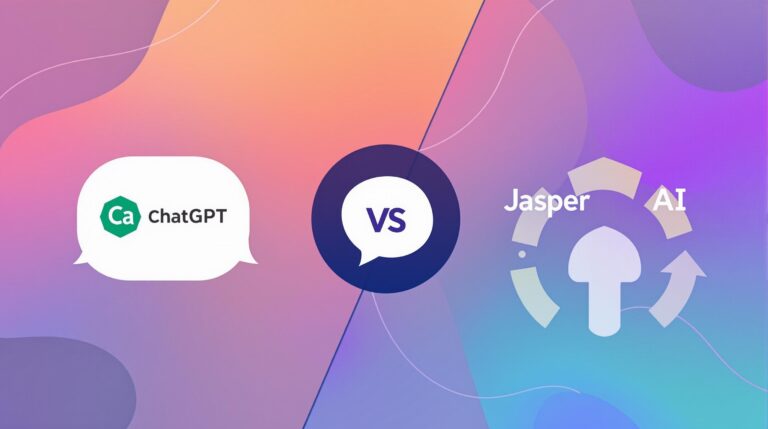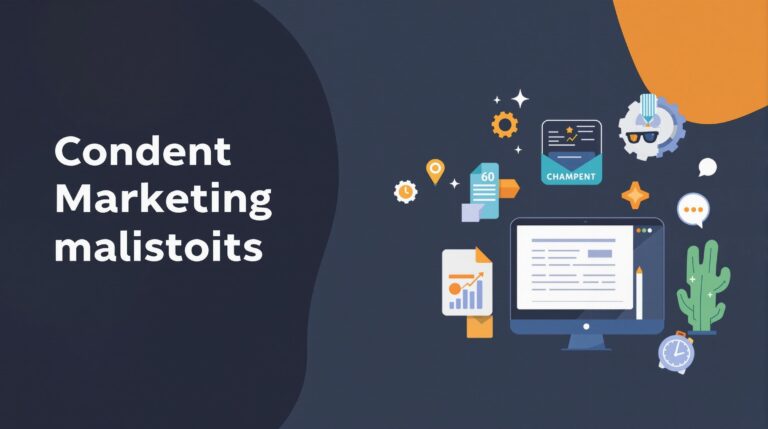Social Media Automation: The Best Tools for Hands-Free Posting
Social media automation has transformed from a luxury to a necessity as marketing teams now save an average of 15+ hours weekly by using automated posting software. With social media users growing by 8% year-over-year to reach 5.22 billion active users (over 60% of the global population), businesses need efficient ways to maintain their presence across multiple platforms.
Key Takeaways
- 47% of marketing professionals use social media automation tools to streamline their workflows
- Businesses save 15+ hours per week by implementing automation strategies
- Global social media ad spending will exceed $276.7 billion by 2025
- Video content is prioritized by 89% of businesses, driving 3x higher engagement than text-only posts
- The best AI social scheduling tools now offer GPT-4 integration for content creation and optimization
Why Social Media Automation Matters in 2025
The social media landscape has become increasingly competitive, with 47% of marketing professionals now leveraging automation technologies to stay ahead. This shift toward automation isn’t surprising when you consider the benefits: significant time savings, consistent posting schedules, and improved content quality.
In an environment where brands compete for attention across multiple platforms, manual posting has become nearly impossible to sustain. With global social media ad spending projected to surpass $276.7 billion this year, companies need efficient systems to maximize their return on investment.
Social media automation helps solve several key challenges that modern marketers face: the need for consistent posting, cross-platform presence, and data-driven optimization. By choosing the right social media automation tool, businesses can maintain an active presence without the constant manual effort.
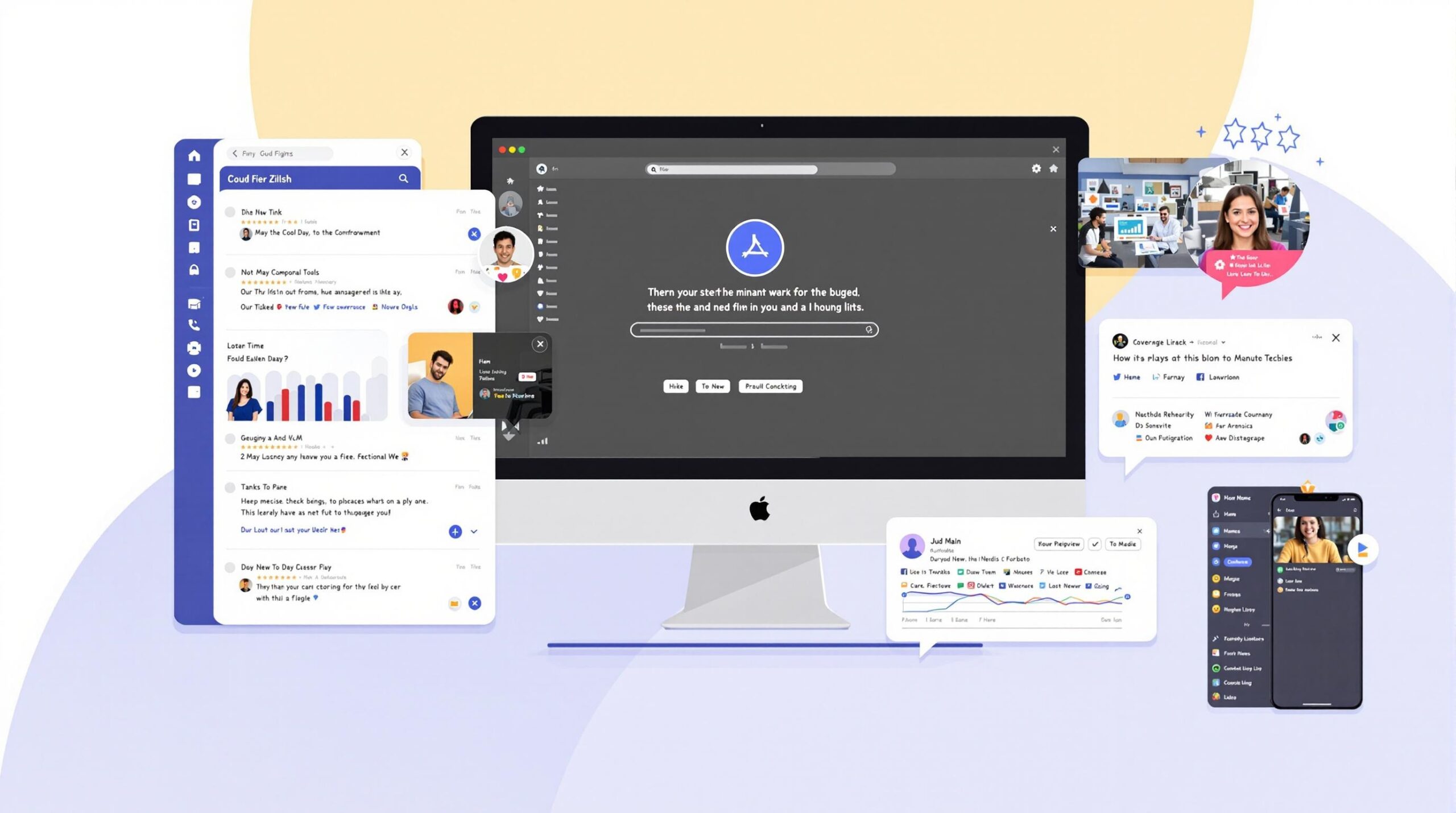
Top Social Media Automation Tools for Maximum Efficiency
With 80% of advertisers adopting automation by 2023, the market for social media automation tools has expanded dramatically. Here are the standout platforms that offer the most comprehensive solutions:
SocialBee has emerged as a frontrunner with its AI Copilot that generates complete social media strategies with a remarkable 93% user satisfaction rate. The platform offers a 14-day free trial and supports all major networks including Facebook, Instagram, TikTok, and LinkedIn. Its content recycling feature automatically repurposes evergreen content, ensuring your profiles stay active with minimal effort.
Agorapulse excels in advocacy campaign automation, allowing brands to amplify their reach through email invitation systems. Its automated queues feature enables recurring posts to maintain consistent content flow without manual intervention. The platform’s unified inbox also centralizes all social interactions for streamlined engagement management.
Pallyy stands out with its visual-first approach, offering seamless Canva and Unsplash integration for drag-and-drop content scheduling. This makes it particularly valuable for brands that prioritize visual content. The platform also intelligently formats posts for each network’s specific requirements, eliminating the need for manual adjustments.
Publer has gained popularity through its advanced GPT-4 integration for generating captions, responding to comments, and even creating images. This AI-powered assistant helps maintain your social presence even when you’re not actively monitoring your accounts. The platform’s social inbox management centralizes message handling across platforms.
Vista Social combines ChatGPT integration for content creation with powerful reputation monitoring features. This allows brands to track reviews and mentions while automating creative tasks. The platform’s competitive pricing has made it accessible to small businesses looking to leverage automation.
Critical Statistics Driving Automation Strategies
Current market data reveals compelling reasons why brands are investing in social media automation tools. Understanding these trends helps inform better automation strategies:
Video content now dominates social media marketing, with 89% of businesses prioritizing it due to engagement rates three times higher than text-only posts. This explains why tools with visual content creation features like Pallyy and Publer have seen rapid adoption.
Influencer marketing continues to deliver exceptional ROI, averaging $5.78 per dollar spent, with the sector projected to reach $47.8 billion by 2027. Automation tools that help identify, track, and measure influencer partnerships have become essential components of modern marketing stacks.
Mobile optimization is now non-negotiable, with 83% of social ad spend targeting mobile users by 2030. This trend emphasizes the need for automation tools that preview mobile appearance and optimize content specifically for on-the-go consumption.
Platform preferences vary significantly by demographic, with TikTok and Instagram seeing 40% higher engagement rates among Gen Z compared to Facebook. This highlights the importance of automating social media content across multiple platforms with demographic-specific strategies.
Despite these compelling reasons to automate, 29% of marketers report Facebook and Instagram as top platforms for ROI, indicating that platform-specific automation remains crucial for maximizing returns.
Content Strategy: Balancing Automation and Authenticity
Finding the right balance between efficiency and authenticity presents one of the biggest challenges in social media automation. Research shows that fully automated accounts see 15% lower engagement rates compared to those with human oversight.
Effective content categorization offers a solution to this challenge. By segmenting your content into promotional, curated, and user-generated categories, you can create a more balanced and engaging feed. The most effective automation tools allow you to:
- Set different posting frequencies for each content category
- Customize automation levels based on content type
- Schedule promotional content during peak conversion times
- Automate curation while manually handling community interactions
Consumer preferences support this balanced approach, with 60% of users preferring brands that blend automated efficiency with personal touches. This explains why 32% of brands actually reduced their automation levels in 2024 to prioritize genuine community engagement.
Maintaining your brand voice when using AI content generation tools requires careful planning. Most successful brands use AI as a starting point but add human refinement before posting. This hybrid approach allows for efficiency without sacrificing the authentic connection that drives engagement.
Optimizing Your Posting Schedule
The timing of your social media posts significantly impacts their performance. Modern AI social scheduling tools offer Smart Scheduling features that align posts with peak engagement windows specific to your audience.
Platform-specific timing recommendations vary considerably based on user behavior patterns. For example:
- Instagram sees highest engagement during evening hours (6-9 PM)
- LinkedIn performs better during business hours (9 AM-2 PM)
- TikTok engagement peaks late at night (9 PM-12 AM)
- Facebook maintains more consistent engagement throughout the day
Mobile optimization has become critical with 83% of social media ad spend targeting mobile users. This means scheduling posts for commute times and break periods when mobile usage spikes.
Cross-platform analytics integration allows you to track performance across networks and refine your scheduling strategy based on actual results rather than general guidelines. Tools like Agorapulse excel in providing these unified insights.
Algorithm considerations also affect optimal posting times. For instance, Instagram’s algorithm prioritizes real-time interactions, making it beneficial to schedule posts when you can manually respond to initial comments, even when using automation for the posting itself.
Video and Visual Content Automation
With 89% of businesses prioritizing video content due to its ability to drive engagement rates three times higher than text-only posts, visual content automation has become increasingly important. Today’s leading tools offer sophisticated capabilities in this area.
Visual automation tools now integrate seamlessly with design platforms like Canva and stock photo sites like Unsplash. This allows marketers to create, schedule, and publish professional-quality visual content without leaving their automation dashboard.
AI tools have revolutionized caption generation and visual content creation. Platforms with GPT-4 integration can analyze images and produce contextually relevant captions, significantly reducing the time needed to prepare visual posts for publishing.
Platform-specific formatting requirements used to be a major headache for social media managers. Today’s automation tools automatically adjust aspect ratios and durations to meet each platform’s specifications, eliminating manual reformatting work.
Mobile optimization strategies for visual content have become essential with the majority of social media consumption happening on smartphones. This includes ensuring readability of text overlays, appropriate compression for faster loading, and vertical formats for stories and reels.
For businesses looking to expand their content creation capabilities, exploring content automation tools beyond just social media posting can create a more integrated workflow.
ROI and Performance Tracking
Measuring the effectiveness of your social media automation efforts requires sophisticated tracking capabilities. Cross-platform analytics integration from tools like Agorapulse provides unified performance metrics across all your social channels.
Sentiment analysis capabilities, available through platforms like Sprinklr, help you understand not just how many people engage with your content, but how they feel about it. This provides deeper insights than pure engagement metrics.
Comparing performance metrics between automated and manual posts reveals important patterns. Many brands discover that certain content categories perform better with automation while others benefit from manual posting.
Attribution modeling helps determine the true ROI of your automation tools by tracking how social media interactions contribute to conversions. Advanced platforms can now follow the customer journey from social engagement to purchase.
Identifying top-performing content categories for recycling represents one of the biggest ROI opportunities in social media automation. By recognizing which evergreen content consistently performs well, you can automatically reschedule these assets to maximize their impact.
Future Trends in Social Media Automation
The social media landscape continues to evolve rapidly, with projected growth to 5.42 billion users by 2025. This expansion requires increasingly scalable automation strategies to maintain effective presence across platforms.
Increasing AI adaptability through GPT-4 and other advanced models will transform what’s possible with automation. We’re already seeing tools that can generate platform-specific content that’s nearly indistinguishable from human-created posts.
Algorithm changes present ongoing risks that may penalize automated content. Platforms are increasingly prioritizing authentic engagement, making it essential for automation tools to incorporate elements of human oversight and interaction.
Balancing efficiency gains against authenticity concerns will remain a central challenge. The most successful brands will develop strategies that use automation for repetitive tasks while preserving human creativity and connection where it matters most.
Emerging hybrid models that combine automation efficiency with human oversight represent the most promising direction. These approaches allow brands to scale their social media presence while maintaining

